The Ultimate Guide to Choosing the Best Landscaping Sand for Your Garden Transformation
Transforming your garden into a beautiful and functional outdoor space requires careful planning and the right materials, and one crucial element often overlooked is Landscaping Sand. This versatile material not only enhances the visual appeal of your garden but also serves multiple purposes, from improving soil drainage to providing a stable base for pathways and patios. In this ultimate guide, we will explore various types of Landscaping Sand available in the market, helping you understand their unique features and benefits.
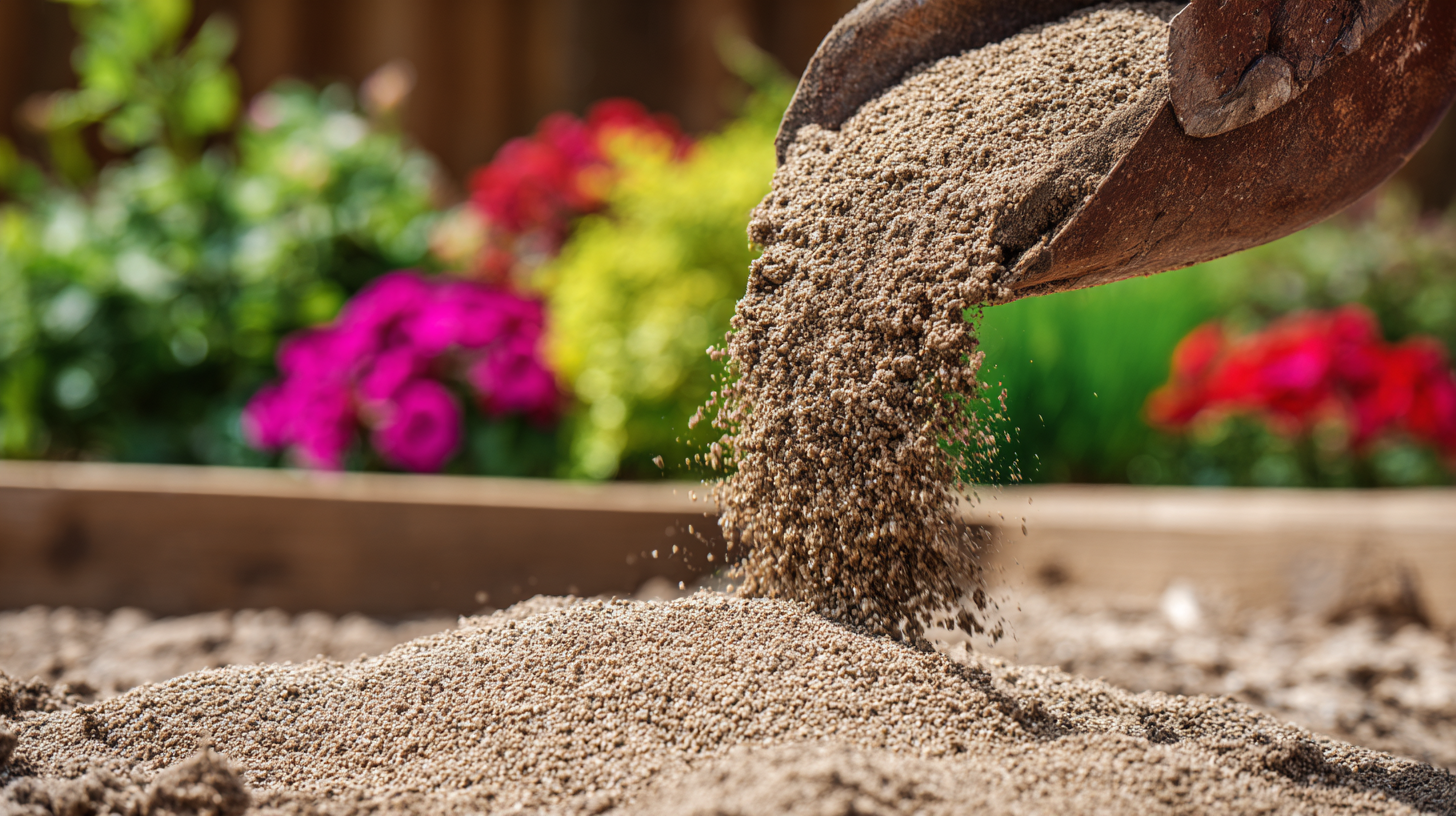
Whether you're creating a serene zen garden, laying down a new patio, or simply enhancing the soil in your flower beds, choosing the right type of Landscaping Sand is essential for achieving lasting results. Join us as we delve into the key considerations for selecting the best Landscaping Sand for your garden transformation, ensuring your outdoor oasis thrives for years to come.
Understanding the Different Types of Landscaping Sand for Your Garden
When transforming your garden, selecting the appropriate landscaping sand is crucial to achieving the desired aesthetics and functionality. There are several types of landscaping sand, each serving distinct purposes. Common options include concrete sand, masonry sand, and play sand, each varying in texture and composition. According to a report by the American Society of Landscape Architects, more than 70% of landscape designers prefer using specific grades of sand tailored for drainage and stability, particularly in areas prone to heavy rainfall.
Concrete sand, often used for base layers in patios and walkways, has larger grains that allow for exceptional drainage and strength. It typically consists of quartz and is coarse, making it ideal for use in areas requiring a solid foundation. On the other hand, masonry sand, finer in texture, is favored for mortar mixes and gives a smoother finish when used in decorative areas. The landscaping sand market is projected to grow by 4.2% annually, as homeowners increasingly prioritize outdoor spaces, underscoring the need for informed selections in your garden transformation.
The Ultimate Guide to Choosing the Best Landscaping Sand for Your Garden Transformation
| Type of Sand | Description | Best Uses | Grade |
|---|---|---|---|
| Play Sand | Fine, soft sand safe for children. | Playgrounds, sandboxes. | Fine Grade |
| Garden Sand | Coarse sand aiding drainage. | Soil amendment for heavy clay. | Coarse Grade |
| Mason Sand | Fine grain sand, ideal for masonry work. | Mortar mixes, concrete topping. | Fine Grade |
| River Sand | Clean, fine sand collected from riverbeds. | Paving, concrete mixing. | Medium to Fine Grade |
| Quartz Sand | Highly durable sand composed of quartz crystals. | Landscaping, construction. | Coarse to Medium Grade |
Key Factors to Consider When Choosing Sand for Landscaping Purposes
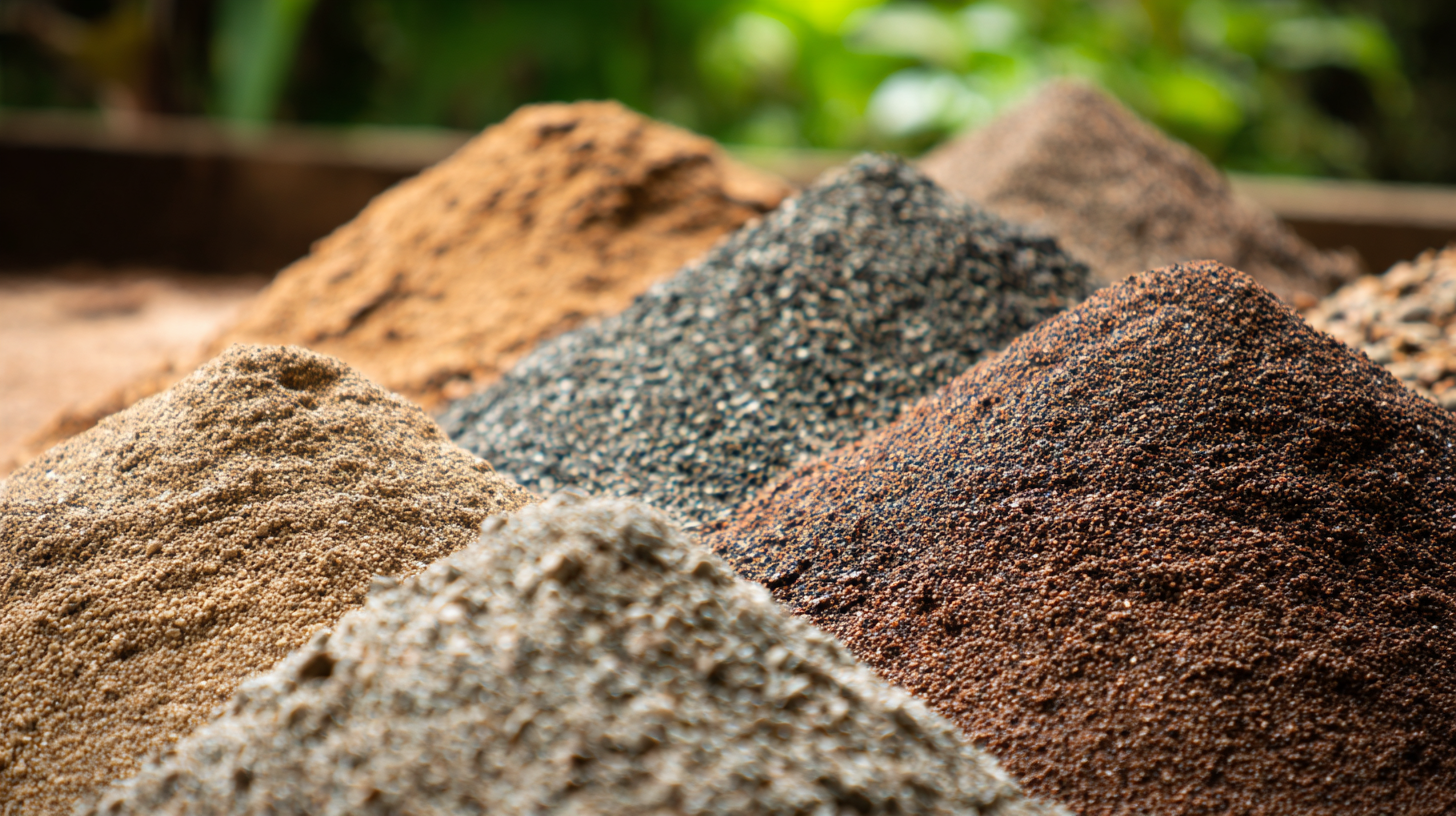 When selecting the best landscaping sand for your garden transformation, several key factors should be taken into consideration. First and foremost, evaluate the type of project you are undertaking. For example, if you are creating a pathway or a sandpit, finer sand might provide a smoother surface, while coarser sand is more suitable for drainage purposes in projects like planting beds or patios.
When selecting the best landscaping sand for your garden transformation, several key factors should be taken into consideration. First and foremost, evaluate the type of project you are undertaking. For example, if you are creating a pathway or a sandpit, finer sand might provide a smoother surface, while coarser sand is more suitable for drainage purposes in projects like planting beds or patios.
Tips: Always check the sand’s grain size and type; play sand is great for children’s areas but may not be suitable for heavy-duty landscaping. Additionally, consider the color of the sand, as it can affect the overall aesthetics of your garden.
Another critical factor is the source of the sand. Ensure that it is clean and free from contaminants like clay, silt, and organic materials. This not only improves the visual appeal but also ensures the longevity and effectiveness of your landscaping project.
Tips: Purchase sand from reputable suppliers and consider having it tested if you’re unsure about its quality. Read reviews and ask for recommendations to avoid potential issues down the line.
How to Test the Quality of Sand Before Purchasing for Your Garden
When selecting landscaping sand for your garden transformation, it's essential to ensure its quality before making a purchase. A study by the American Society of Landscape Architects indicates that using quality materials can enhance plant growth and improve drainage. To test sand quality, start by checking its grain size and uniformity. Sand that consists of 0.5 to 2.0 millimeters in diameter typically has the best drainage properties, as reported in the Journal of Soil Science.
Another critical aspect to consider is the sand's composition. High-quality landscaping sand should be predominantly quartz, as it is durable and does not break down easily, providing a stable environment for plants. Conducting a simple test by mixing sand with water and observing the settling rate can give insights into its composition. If the sand settles quickly, it may contain undesirable silt and clay, which can negatively impact soil structure. According to the USDA's Natural Resources Conservation Service, sand with minimal fine particles will not only improve drainage but also enhance aeration, promoting healthier root systems for your plants.
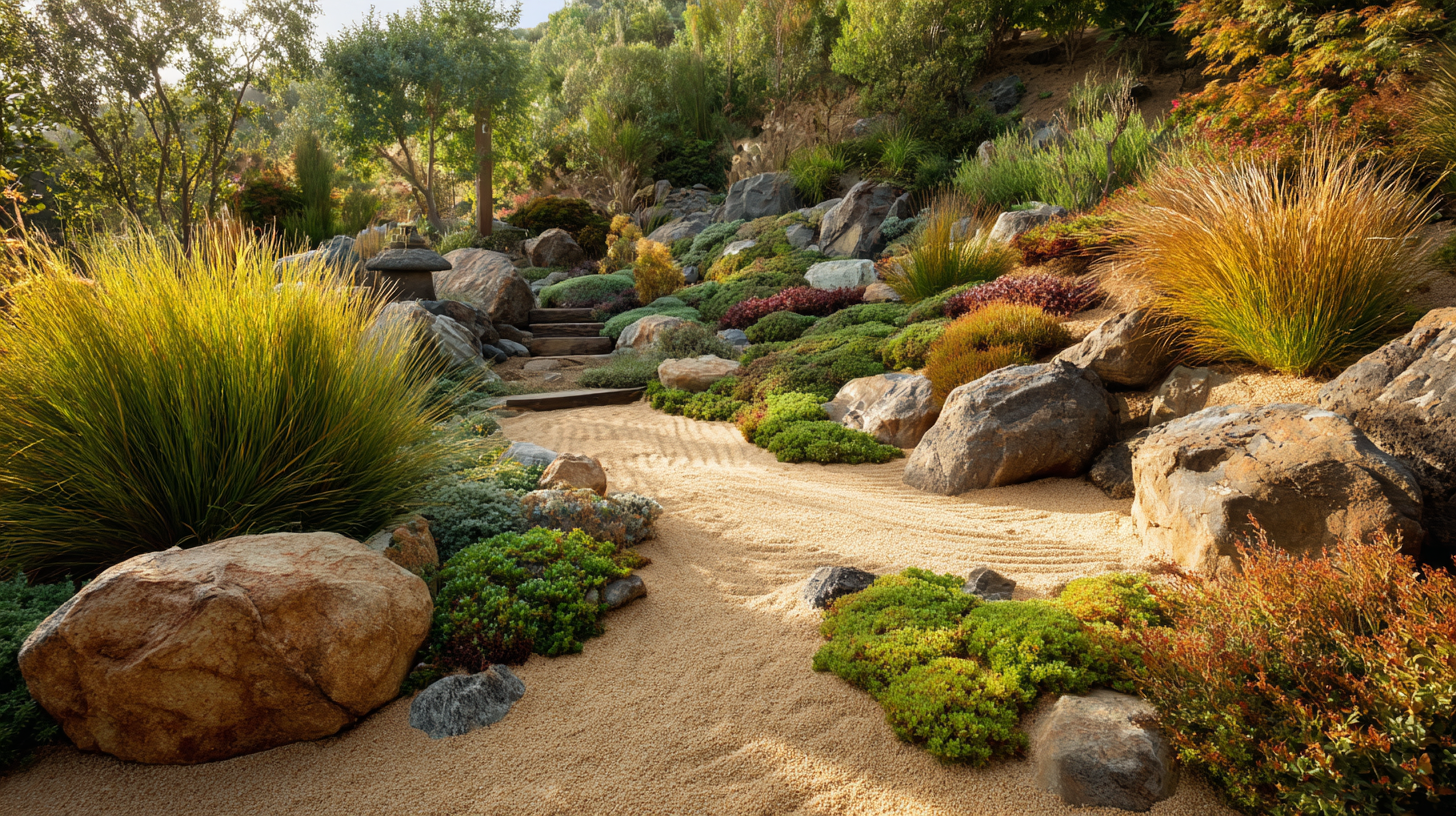
Tips for Properly Applying and Layering Sand in Your Landscape Design
When transforming your garden, selecting the right type of landscaping sand is crucial, but applying and layering it correctly is equally important. According to a report by the American Society of Landscape Architects, proper sand application can enhance soil drainage by up to 50%, improving plant health and reducing the risk of root rot. When applying sand, it's essential to create a base layer—typically 2-3 inches thick—before adding any other materials. This initial layer helps to prevent soil compaction and allows water to flow freely through the garden bed.
Layering is also vital for achieving the desired aesthetic and functional outcomes in your landscape design. Use a mixture of coarse and fine sand to ensure good drainage while retaining moisture for plants. The coarser sand can be used at the bottom, with finer sand on top to create a visually appealing top layer. Research indicates that a properly layered sand mix can significantly reduce water runoff, increasing moisture retention by up to 30%. By following these guidelines, your garden transformation can flourish, showcasing healthy plants and stunning visual appeal.
Common Mistakes to Avoid When Selecting Landscaping Sand for Your Project
When selecting landscaping sand for your garden project, one of the most common mistakes is choosing
the wrong type of sand. Many people overlook the specific needs of their plants and the intended use of the sand. For instance, using coarse sand for a delicate flower bed can hinder root development and drainage, while finer sand may compact too much in areas that require stability, like pathways.
Understanding the differences between types of sand, such as masonry sand, play sand, and beach sand, is essential for making an informed decision that promotes healthy growth and functionality in your garden.
Another frequent oversight is not considering the source and quality of the sand. Many gardeners might opt for the cheapest option available without assessing its composition. Poor-quality sand can contain impurities, such as clay or organic materials, which can negatively impact soil health and drainage. It's advisable to source sand from reputable suppliers who can provide information about the sand's composition and any potential contaminants. By avoiding these common pitfalls, you can ensure that your landscaping project is both beautiful and sustainable.
Related Posts
-
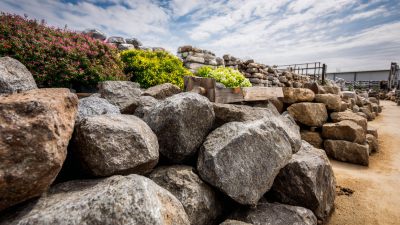
How to Identify Top Quality Manufacturers for Best Landscaping Products
-
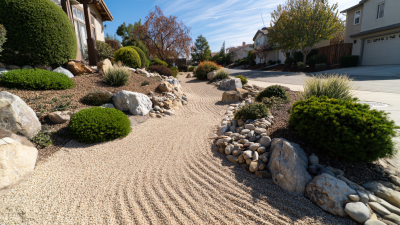
The Ultimate Comparison of Landscaping Sand Varieties for Optimal Outdoor Aesthetics
-
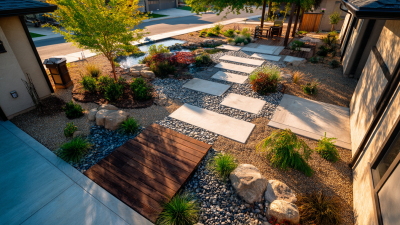
How to Transform Your Outdoor Space with Creative Landscaping and Concrete Solutions
-

What is Concrete Delivery and Why It Matters for Your Construction Project
-
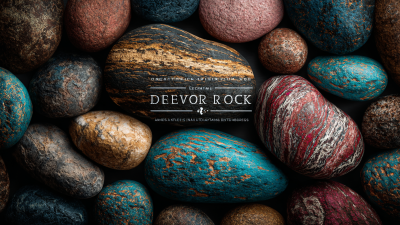
Exploring Innovative Uses for Best Decorative Rock in 2025 Trends and Techniques
-

5 Best Strategies for Efficient Concrete Delivery Services
